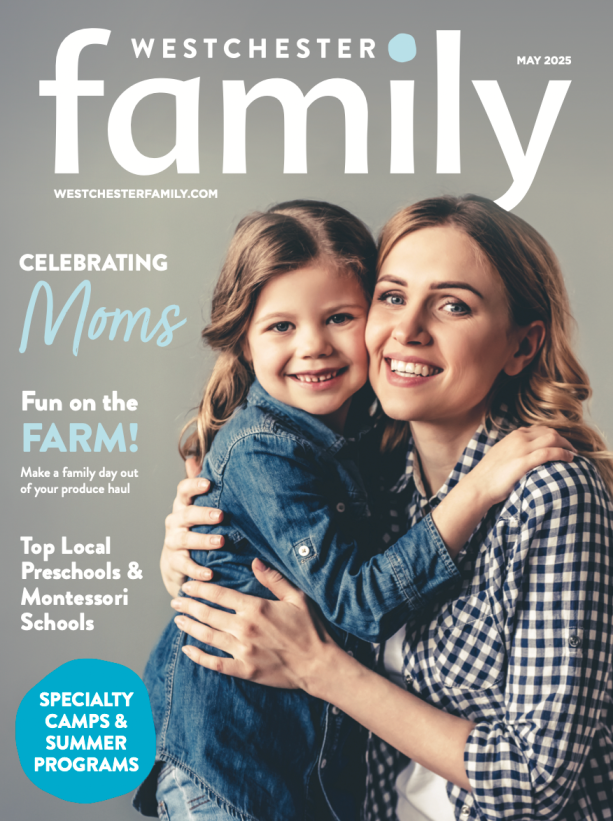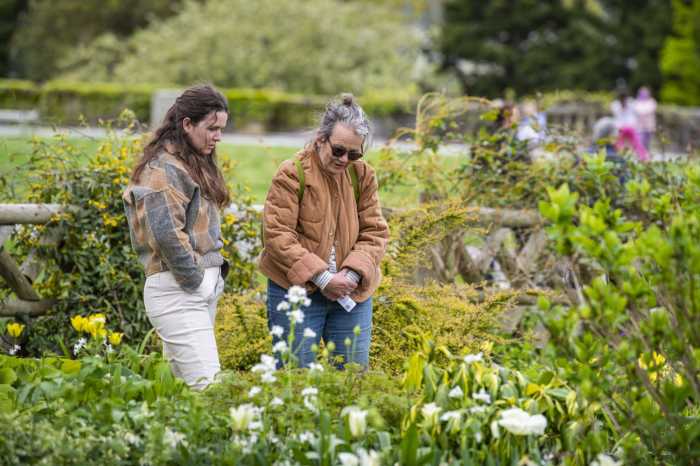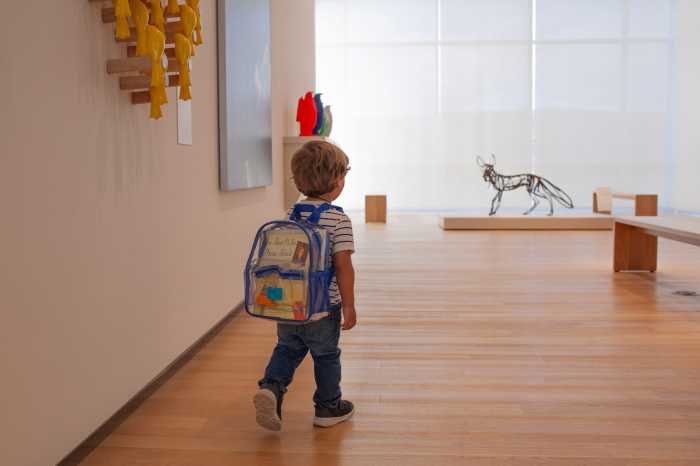Kids are great, aren’t they? Well, sure, when they aren’t being … the opposite of great. In those rare moments of peace, or even in the middle of all-out chaos, it’s important to document the moment to hold onto the memories. Of course, we can’t pause time. So the next best way to preserve these magical moments is to take a photo. Easier said than done, right? We asked top photographer Jane Goodrich to share some advice on how she captures those amazing shots of children on her shoots. Here are her top 15 priceless tricks (she has a lot more but it would take up a book – more on that later!).
1. Get Down
The best angle to engage and shoot your little one is on their level. It helps to get those “eye focused” shots that really connect with you, and anyone else who has the pleasure of seeing your photos.
2. Get Close
While full-body shots of your baby are a good way to see how he’s growing, you’ll find that close up (or zoom) shots are the ones that you’ll come back to most. Getting close may mean zooming in your lens, or simply getting closer to your child.
3. Keep it Simple
The best photos tend to be the ones where there’s not much going on – just the subject. You can achieve a simple shot in a few ways. One is to put your child against a plain background – a brick wall, a white sheet, solid couch, or any background that doesn’t have too many patterns or is distracting. If this isn’t an option then you can use a wider aperture (such as f/1.8) to effectively blur the background so it is not as noticeable. Finally, you can zoom closer to your child so they take up more of the frame, which will work to make the surroundings less distracting.
4. Focus on the Eyes
Photos of your little ones that really work are the ones where the eyes are in perfect focus, so make sure you are focusing on the eyes prior to taking the shot.
5. Interact with Your Kids
You will get the most direct and sincere looks if you can interact with your child while you are taking photos. That doesn’t mean saying “smile” to them. Ask them about their favorite story or character, what they did that day, tell a joke, make a funny noise and then snap away while they answer you. The key here is to have fun – then the kids will too!
6. Never Say ‘Smile’
Your little ones love to do anything that you don’t want them to do … so when you really need them to smile (like with grandma) make sure that you tell them not to smile – works every time with younger children. Have fun with it – start laughing and say “I told you no smiling” (the key is to tell the adults in the photo beforehand to ignore what you are saying or they will actually not smile!).
7. Get Them in Action
Action shots are fun and candid. Playgrounds and parks are a great place for this, as they are open and there are lots of fun things for your little person to see and do. Also look for long bridges or pathways that provide a bit more dramatic interest to a photo than the usual backdrops (as long as it is safe for your child, of course).
8. Spy on Them
If you own a zoom camera or zoom lens then you may have an easier time getting more candid photos of your child. Wait until your toddler is engaged with someone or something, and then zoom in on their little faces. You’ll get some priceless shots while they are just busy being themselves and having a good time.
9. Natural Lighting Indoors
The flash on a camera is not baby or child-friendly, so try not to use it. The best light for your photos is sunlight. Find it indoors by placing your child on a bed, chair or on the floor – right next to a window. It’s particularly great if the sun has passed over so there’s no direct sunlight to hurt their sensitive eyes. Outdoors: Outdoors in the shade of a tree or on a porch are excellent places to find light. Try to avoid the midday sun when taking photos – it creates harsh shadows.
10. Rule of Thirds
Things that are symmetrical are boring! Make your shots more interesting by using the rule of thirds. When looking through your viewfinder, divide the shot into thirds both vertically and horizontally. Place points of interest on or near the intersections these lines make. Research has shown that is where the viewer naturally looks, as opposed to the center of the photo.
11. Giving Space
When you are taking photos it can help to keep the idea of open space in mind. The theory behind open space is that it feels more natural to have space on the side that your subject is facing. So, if your subject is facing to the right, try to keep more space to the right of the composition. This also helps the viewer, as if the subject is looking directly out of the frame. With no space it feels a bit awkward, as if your subject is looking at a wall.
12. Focal Points
If you are making the eyes your focal point it can also make the photo more interesting to have the head (or camera) tilted slightly, so the eyes aren’t perfectly horizontal across the photo. And of course, try to implement the rule of thirds when placing your focal point within the frame.
13. Contrast
You can use color to help produce interesting contrast. Try placing your child in their slick yellow raincoat against a dull background. Contrast can also be created using texture, for example a polka-dot dress against a brick wall.
14. Leading Lines
If your focal point or subject is not entirely obvious, you can improve your composition by using leading lines to guide the eye to your focal point. Leading lines can be straight, curvy, hard or soft, they don’t even have to go all the way from the edge of the photo to your subject, all they have to do is head in that general direction.
15. Straight Horizons & Verticals
If you have straight horizontal or vertical lines they should be kept straight relative to the photograph otherwise you feel like everything in the photo is going to slide right out of the frame. So, keep your horizon straight, and try to keep any vertical lines straight up and down, unless you plan to tilt the entire composition so the verticals are now diagonal.
Jane Goodrich is a New York-based newborn and children’s photographer with an artful eye, a quick wit and a modern edge. Her natural connection with babies and children combined with her genuine aesthetic intuition translates into award-winning photos that are spontaneous, insightful, timeless and charming. Jane is based in Westchester and shoots regularly in Chicago, Denver and London. For more information visit www.janegoodrich.com.











